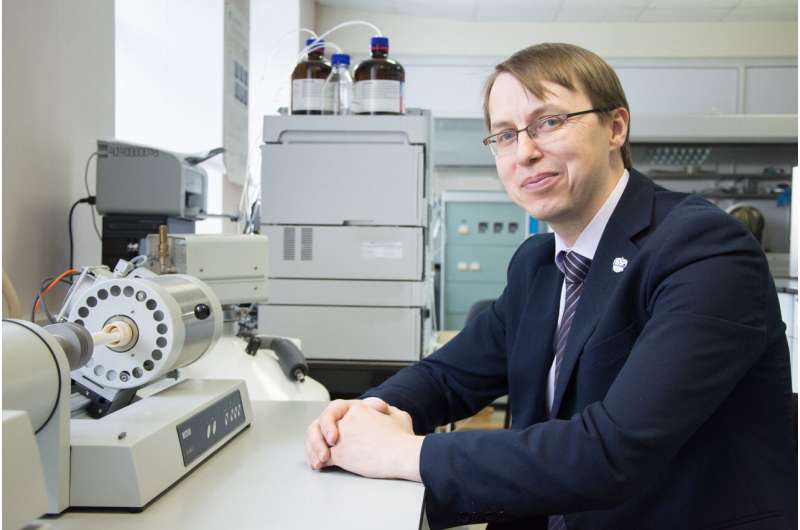Scientists create new material for electronics of the future

Scientists at South Ural state University are creating a new material with predefined properties. It will be used in the production of microwave electronics, as well as in data transmission and protection against wave effects at high frequencies.
The results of the study are published in the Journal of Alloys and Compounds. The research is devoted to hexagonal ferrites, which are currently used in microwave electronics elements.
Ferrites are materials based on iron oxide that have five different positions of iron in the crystal lattice. Thus, the structure and material properties can be modified within a fairly wide range. Barium ferrites are particularly interesting because they have unique functional properties. Therefore, chemical stability and corrosion resistance make these materials environmentally friendly. Low specific electrical conductivity allows the use of hexaferrite magnets in high-frequency magnetic fields, which is useful in many types of electronic devices. Also, this material has a high potential for absorbing electromagnetic radiation in the microwave range.
"We are producing barium hexaferrite with various degrees of aluminum doping. This group of materials has some advantages: their crystal structure allows to vary the properties of the material in the ranges needed for a particular device. Thus, there is the possibility of adjustment of the material due to certain requirements. We are particularly interested in how this material with a modified structure can be suitable for a specific frequency range. Our task is to determine the microwave properties of the new material," says the head of the Laboratory of Crystal Growth, Professor Denis Vinnik.
Currently, scientists are studying the properties obtained in the frequency range of 32-50 GHz. Barium hexaferrite doped with aluminum allows increasing the frequency range used in the production of electronic devices. However, it is important not only to increase it to 100 GHz but also to determine what happens to the material structure and its properties at the initial moment of modifying the structure. New material has already been obtained in the form of powder. This method has its advantages, it reduces the cost of sintering and increases the industrial potential of this material use. Obtained materials can be used in the creation of composite materials that are currently used in aviation, rocketry and space industry, construction and medicine. However, they are primarily created for electronics and are used to increase electronic device operational stability.
More information: M.G. Vakhitov et al. Microwave properties of aluminum-substituted barium hexaferrite BaFe12-xAlxO19 ceramics in the frequency range of 32–50 GHz, Journal of Alloys and Compounds (2019). DOI: 10.1016/j.jallcom.2019.152682
Provided by South Ural State University




















